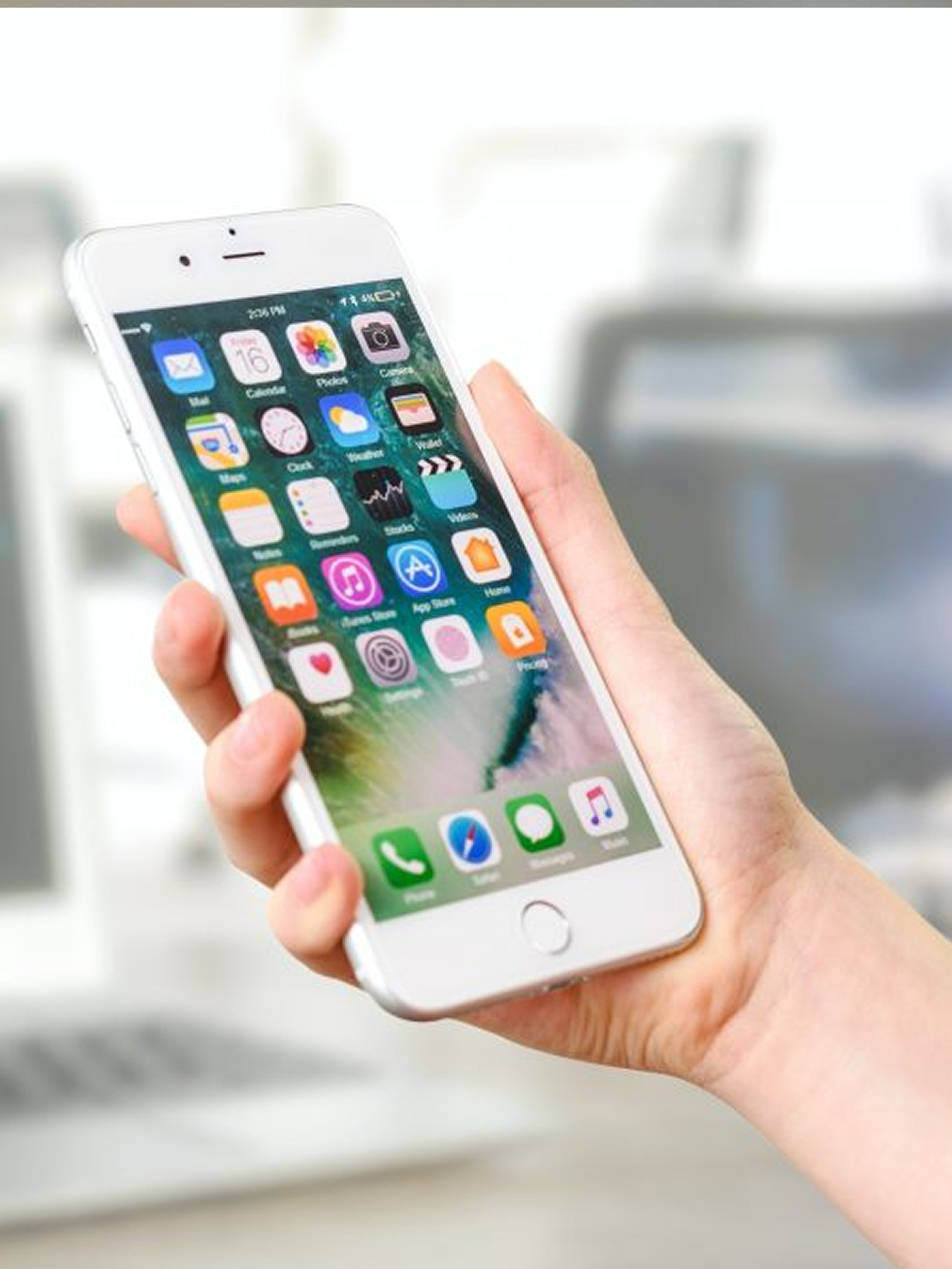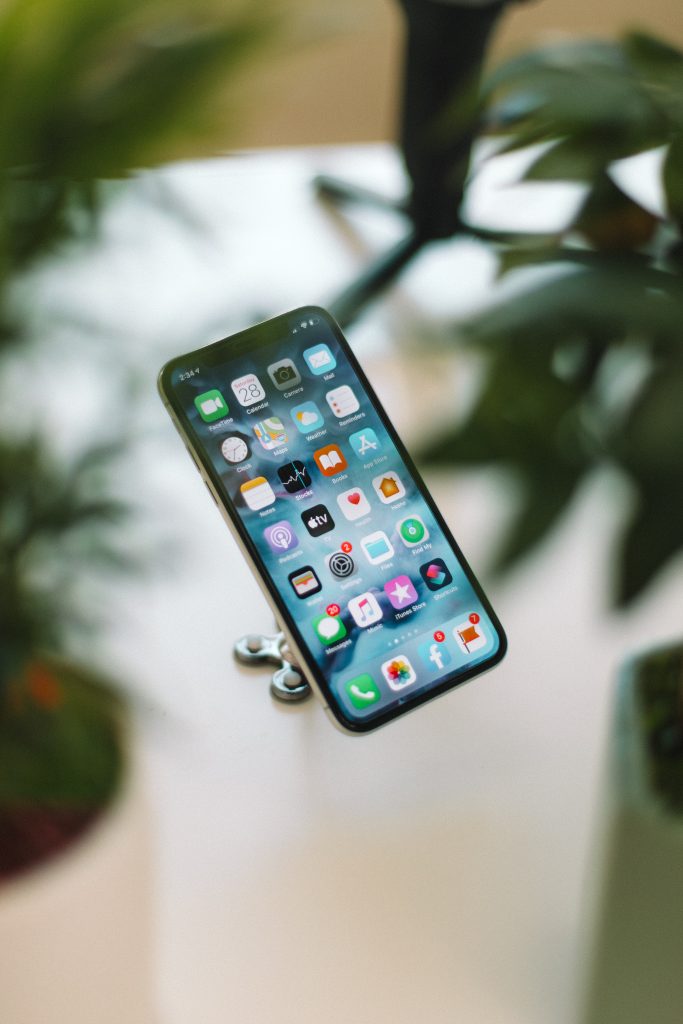How To Record Podcast Ready Audio, On An iPhone?

The pandemic forced many industries to alter how they work, in some cases quite dramatically. But as the proverb goes; ‘every cloud has silver lining’… One thing we learnt at C60 Media was that with a few simple tips, you can actually record decent quality audio using an iPhone! Scroll below to find out how!!
As mobile phone technology evolves the in-built microphones are getting better and better. Indeed when it comes to an iPhone the audio is not far off the quality you might get from a USB mic you would otherwise have to fork out money for.
During the pandemic we successfully interviewed sports stars, celebrities and experts remotely using this method. We have also encountered radio journalists for national broadcasters using iPhones rather than audio recording devices when speaking to big sports stars in the mixed zone! Since C60 Media always strive for the best quality audio we record less iPhone interviews since the end of the pandemic. Nonetheless it remains a practical, cost-effective option in some instances, particularly for remote podcast recordings.
Perhaps you are thinking of creating your own podcast? Or need to interview someone who lives far away? Or maybe you are fed up with poor quality, crackly phone interviews in your content?
It is slightly baffling that we still hear phone interviews on pre-recorded radio programmes and podcasts. In today’s world where everyone has a phone (and therefore a mic) in their pocket, surely we can do better? Well here is how we can (if you have an iPhone)!! …
1. Adjust Phone Settings
Go to Settings > Voice Memos > Audio Quality > then change from “Compressed” to “Lossless”.
Why? Lossless formats use compression algorithms that preserve audio data so the audio is exactly the same as the original source.

2. Airplane Mode
Put your phone into ‘Airplane mode’. This is important to prevent text or call interruptions when recording your audio.

3. Position
Place or hold the phone around a pens length (20cm or so) from your mouth, with the bottom of the phone pointing towards your mouth like a microphone.
TIP: If you have a phone holder or stand this could prove helpful. Also try to find a room that is quiet where sound will not reverberate or echo. This can be more of a challenge in buildings that are not carpeted, particularly in warmer climates. If this proves difficult try setting up in the corner of a room, and position yourself so that your mouth points towards that corner.

4. Start Recording
Press the universal, circular, red ‘Record’ sign on the Voice Memo app, which is found in ‘Utilities’ by default.
A timer will start indicating that you are recording!

5. Start Talking!
Now you can record your audio.
IMPORTANT: If you are having a discussion or simulrec with others on the phone or via Zoom/Teams/Skype etc, you will need to connect with them through another device, whether that is another phone, a computer or a tablet. It is also best to use headphones to avoid their voice disrupting your recording! Do not rely on these platforms to record for you, although you might consider using them as a backup.

6. End The Recording
Touch the universal square ‘Stop’ sign on the screen (in the same place where you touched ‘Record’) to finish the recording.
The audio file may take 20 seconds or so to appear, while it saves.
It will show as a ‘New Recording’ on your list of Voice Memos. Click on this text to re-name it accordingly. For example ‘Podcast Recording 1’.

7. Share!
Turn ‘Airplane mode’ off now and click on the three dots […] on the right of the file and then ’Share’ using ‘Mail’.
Once you’ve entered an email address, click ‘Send’ as you would a normal email. Now you will be given the option to “Use Mail Drop” instead because the file is likely too large for a regular email attachment.
Mail drop is free for all Apple users and it is therefore a good option to share bigger files, particularly in this context.



Thanks for reading this guide and I hope it helps you to create incredible audio recordings!
If you want to go one step further and require a higher quality mic hold in London or a simulrec please do get in touch.
recording on iPhone Audio recording guide podcast production radio production audio production Podcast producer recording tips podcast Podcaster mic hold production Audio producer simulrec radio remote recording audio iPhone podcastproduction iPhone recording Podcastrecording Voice Memo Audio Production radio production phone recording Podcast Recording











